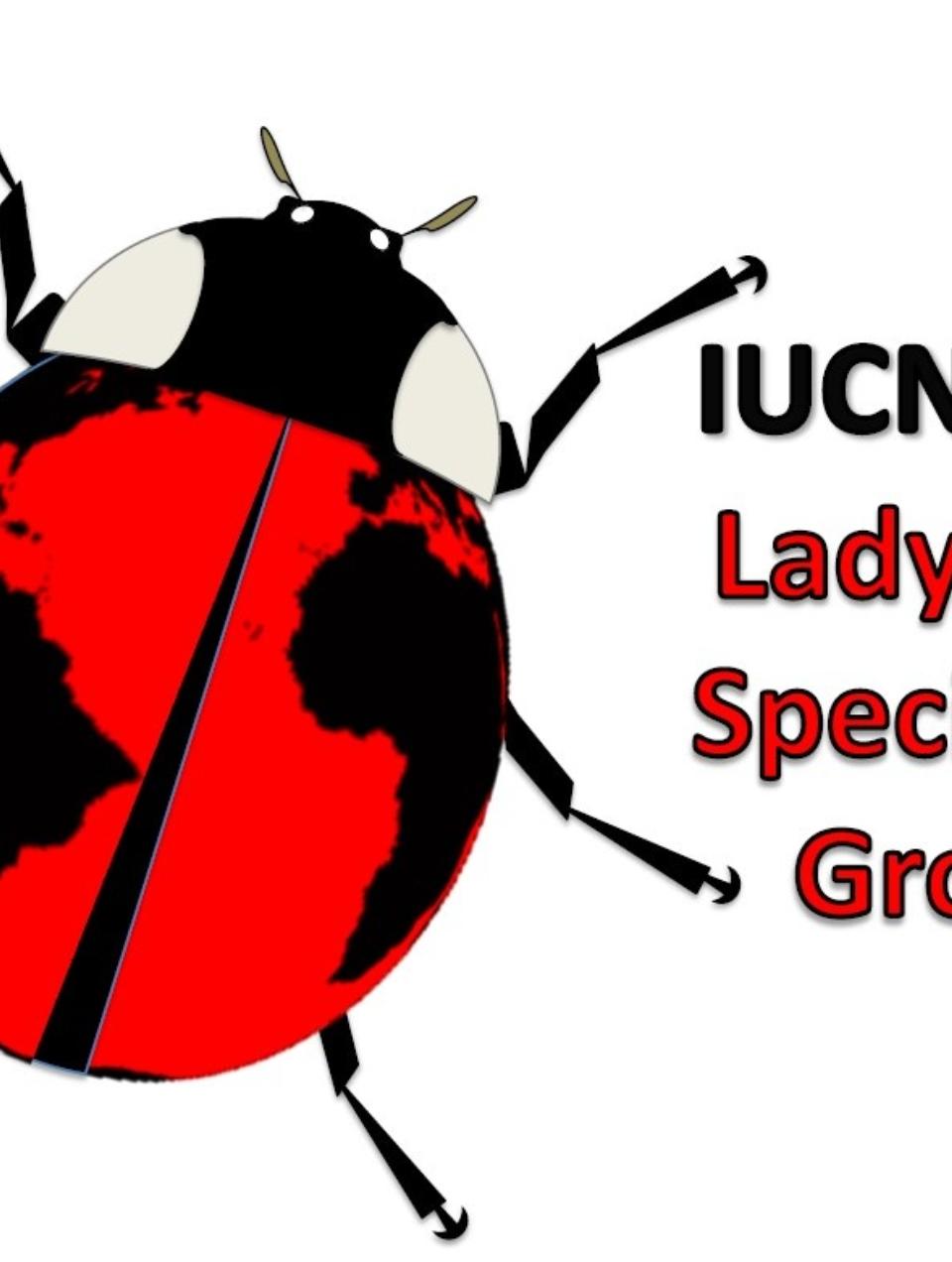

Summary:
Background
Coccinellidae is a group of approximately 6000 primarily predaceous beetles. This group of beetles has great economic and ecological importance as it plays a key role in the regulation of insect herbivore populations in both managed and natural systems (Hodek 2012, Majerus 2016).
The trend for this group over the last 3 decades has been rapid decline of formerly common, economically important native species in several regions including North America (Harmon et al. 2007), Europe (Roy et al. 2012, Honek et al. 2016) and others (reviewed by Roy et al. 2016) concomitant with an increasing density, distribution, and dominance of the multi-colored Asian ladybird, Harmonia axyridis (Roy et al. 2016). Most of the declining native species exhibit broad geographic and habitat ranges. These factors create a challenge for “conventional” surveys conducted by specialists as the changes can occur across vast areas over many years (Losey et al. 2012).
In response, several countries have established programs that incorporate non-specialist volunteers to provide ladybird observations from a wider range of time and space. Programs include the Lost Ladybug Project (North America), the UK Ladybird Survey (Britain), the NZ Ladybird Watch (New Zealand), the Irish Wildlife Trust – Ladybird Survey (Ireland), Chinita arlequin (Chile), the Harlequin Ladybird iSpot Project (South Africa), and programs in Norway and Belgium. Based partly on these observations, the threat to native ladybird species has been recognized in several “state” (subnational) units (e.g. New York, Connecticut), at the national level (e.g. recommended by COSEWIC in Canada), and internationally (e.g. NatureServe).
What are the key conservation issues facing the taxon or group?
While the decline in native ladybird species is almost certainly due to a set of interacting factors, the current consensus is that the primary cause of the decline of endemic native species is the spread and increasing dominance of invasive species (Burns et al. 2016; Roy et al. 2016, Roy et al. 2012). While this is the consensus and it seems well supported by currently available data, the answers to several key questions would greatly facilitate development of effective conservation programs. Given our current understanding of the data available we see the following as the key conservation issues facing this group:
1. Identifying (through the application of IUCN Red List categories and criteria) ladybird species with high extinction risk.
2. Determining the factors leading to high extinction risk.
a) For which species is risk primarily due to interactions with invasive species and which species are at risk primarily due to other causes (e.g. pesticides, climate change, land use changes)?
b)What are the mechanisms underlying interactions between native and adventive species (e.g. intraguild predation, competition for prey, reproductive interference)?
3. Developing strategies to manage risk and enhance the status of these species.
a)Which geographic areas or habitat types would lead to greatest conservation impact if they could be protected?
b)Can targeted releases or redistributions of certain native species facilitate their recovery?
c)How can the ecological service of herbivore/pest regulation be conserved in addition to conservation of individual species?
4. Implementing conservation management for threatened ladybird species.
Funding Institution:
IUCN & Toyota Fund.
Partners:
Chair: John Losey (Department of Entomology, Cornell University).


